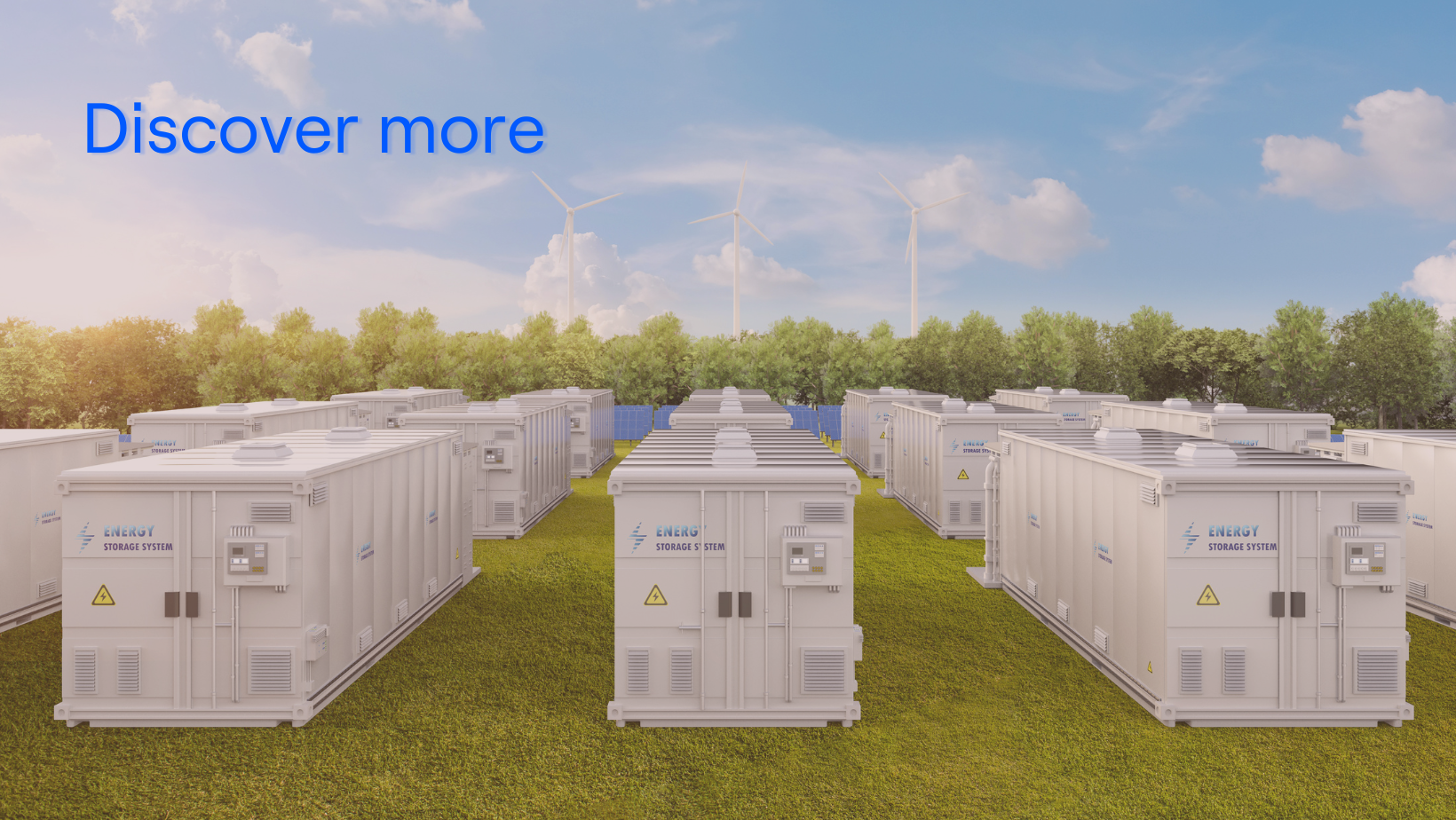Our Perspective
As the trajectory of lithium battery technology advances at an unprecedented pace, organizations should prudently integrate these innovations into their economic and operational frameworks. While initiating pilot projects involving batteries is crucial for acclimating the workforce to the impending technological shift, it's essential to resist the allure of a complete transition to battery-powered operations just yet. Exercising strategic patience is likely to yield optimal dividends in the long run.

Introduction
In today's fast-paced world, lithium-ion batteries have become the workhorses of modern technology. From our smartphones to electric vehicles, these energy storage solutions have revolutionized the way we live, work, and move. As we look to the future, it's evident that the landscape of lithium battery technology is poised for remarkable evolution. In this thought leadership article, we'll explore the exciting possibilities and innovations that promise to shape the future of lithium battery technology.
Current Leading Technologies for Heavy Machineries
Lithium Iron Phosphate (LFP)
Pros: Benefiting from economies of scale, LFP batteries are cost-effective and boast a commendable safety record, alongside a consistent delivery of the promised cycle life.
Con: Challenges include their flammability, suboptimal discharge rates, and a restricted operating temperature range compared to traditional fossil fuels.
Lithium Titanate Oxide (LTO)
Pros: Noted for exceptional safety and resilience in diverse climates, LTO batteries have demonstrated reliability and established a burgeoning secondary market.
Cons: Constraints such as limited availability, subpar power-to-weight ratio, and premium pricing can be prohibitive.
Next-Generation Battery Chemistries
While lithium-ion batteries have served us well, researchers are actively exploring next-generation battery chemistries that offer enhanced performance and sustainability:
- Solid-State Batteries: Solid-state batteries replace liquid electrolytes with solid materials, offering higher energy density, faster charging, and improved safety. These innovations are set to power the next wave of electric vehicles and portable electronics.
- Lithium-Sulfur Batteries: Lithium-sulfur batteries have the potential to deliver significantly higher energy densities, making them an attractive option for long-range electric vehicles and renewable energy storage.
- Sodium-Ion Batteries: Sodium-ion batteries are garnering attention for their potential to replace lithium in lower-cost energy storage applications, which could help make clean energy more accessible.
Sustainability and Environmental Responsibility
Criteria for the Success of Future Technologies:
- High Power Density: Batteries must offer compelling power output relative to their dimensions and weight, ensuring consistent performance in demanding industrial settings.
- Voltage Breakthrough: Elevating voltage output while safeguarding safety can boost power output and operational efficiency.
- Accelerated Charging: Innovations targeting expedited charging times are crucial, demanding the exploration of novel materials and methodologies.
- Temperature Resilience: Future batteries should display robust performance across temperature extremes.
- Safety Enhancements: Progressing from designs like LTO, batteries must evolve to resist combustion while excelling in other metrics.
- Extended Battery Life: Research is intensifying to prolong battery lifespans through diverse strategies, including material optimization and improved thermal management.
Conclusion
The horizon of lithium battery technology gleams with potential, ushering in a future ripe with sustainable energy solutions and unprecedented storage capabilities. The ongoing evolution in this sector is not only vital for achieving an eco-conscious future but also presents a lucrative avenue for astute investments in this transformative industry.
